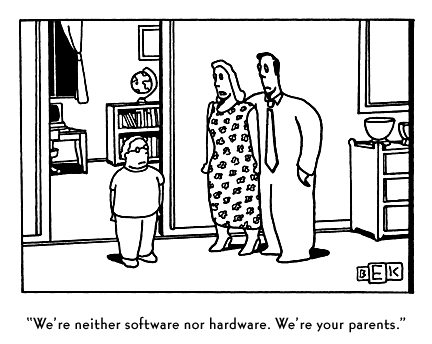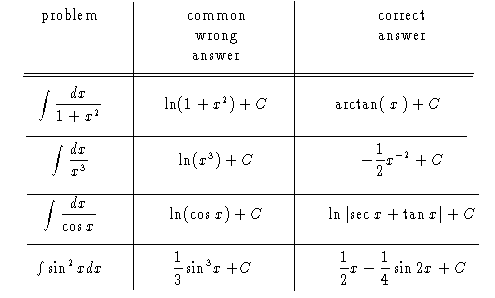Energy No-Brainer: Pluggable Hybrid Automobiles
 First of all, what is a pluggable hybrid? Also called a Plug-in Hybrid, a pluggable hybrid is a car that can be powered by either internal combustion engine or electric motor--but it has larger batteries than conventional hybrids, and you can plug it in overnight to use inexpensive power grid energy for your daily commute. That constitutes a major shift in energy use from petrol to grid electricity. If the grid electricity comes from renewables (or nuclear), you can commute to work all week in a pluggable hybrid, without burning fossil fuel.
First of all, what is a pluggable hybrid? Also called a Plug-in Hybrid, a pluggable hybrid is a car that can be powered by either internal combustion engine or electric motor--but it has larger batteries than conventional hybrids, and you can plug it in overnight to use inexpensive power grid energy for your daily commute. That constitutes a major shift in energy use from petrol to grid electricity. If the grid electricity comes from renewables (or nuclear), you can commute to work all week in a pluggable hybrid, without burning fossil fuel.Among those who follow energy trends, the pluggable hybrid has become quite popular. Which makes many people wonder, why has Toyota gone to great lengths to distance itself from the pluggable hybrid concept?
On Tuesday, a Toyota representative wrote to an individual, "we do not currently have any announced plans to introduce a plug-in hybrid Toyota vehicle in the U.S." Find an expert who could say if that's intentionally evasive. (See our chronology of all automakers comments in the past year at http://www.calcars.org/carmakers.html .)
In a story broadcast today on NPR All Things Considered, you can hear spokeswoman Cindy Knight say, "You can certainly make a vehicle that will run, but you can't necessarily make a vehicle that people will buy.... Toyota went to great lengths to address the drawbacks of battery vehicles so that people do not have to plug our hybrids in, and our customers tell us that that is one of the features they like about the vehicle, they don't have to plug it in."
If the big carmakers distance themselves from this obviously winning concept, smaller players will rush in to fill the gap. Jim at the Energy Blog keeps close track of developments in pluggable hybrids, and he has a full array of energy links. Jim's place is an excellent site for following the progress in this war of the vehicular power plants.
Check out this Al Fin post for some of the underlying energy issues involved in the transition from internal combustion engines to fuel cell/supercapacitor/battery powered electric motor vehicles. The pluggable hybrid is a very useful intermediate step in the transition. No matter what the big auto manufacturers do, they cannot stop it from happening.
Labels: batteries, electric transport, Energy Technologies, hybrid automobiles, Renewable Energy




























